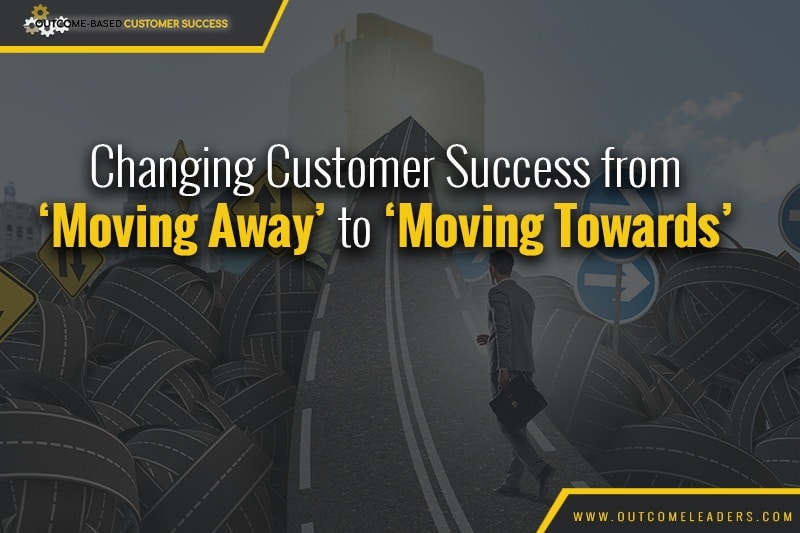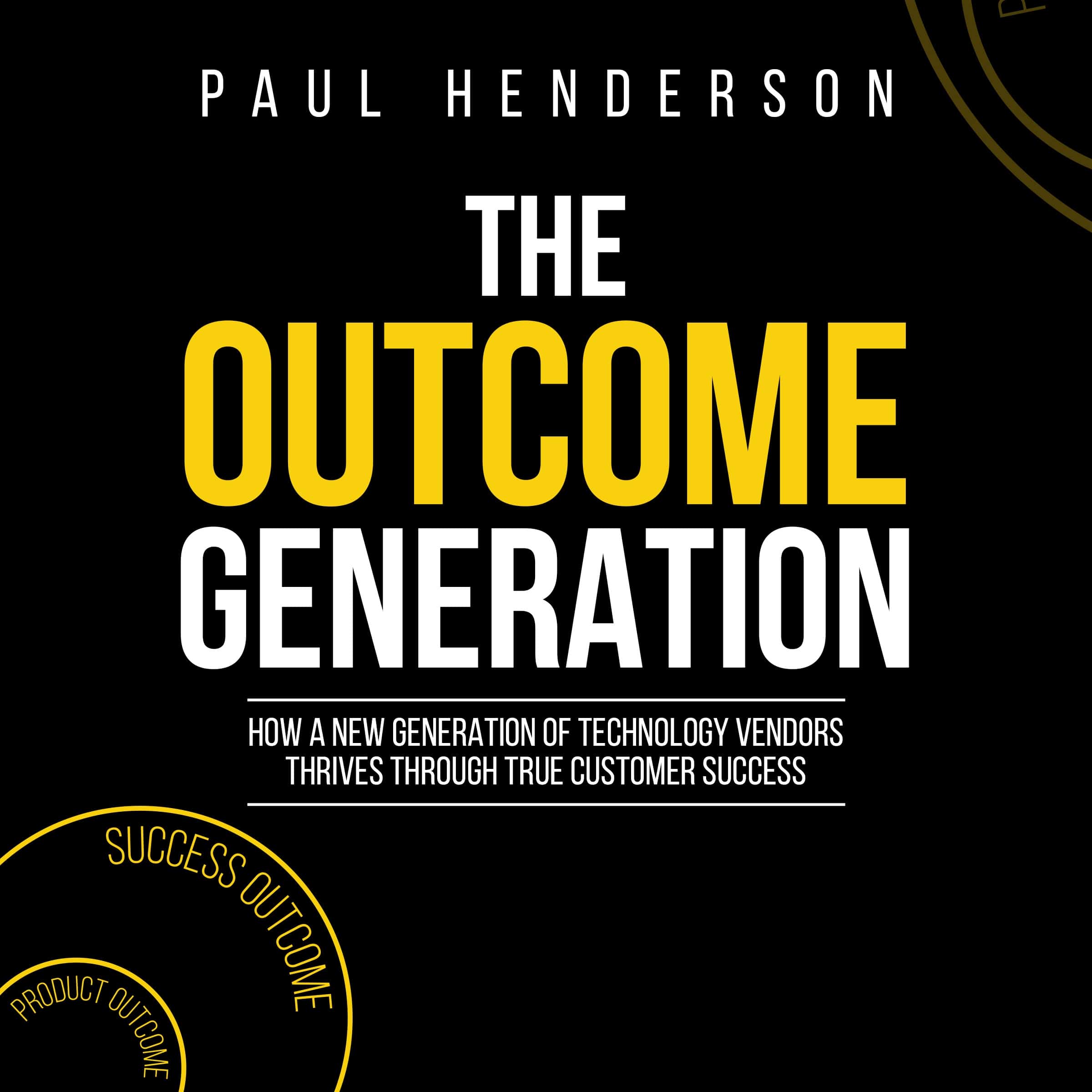
For subscription-pricing vendors, solving a customer problem no longer secures all the potential revenue. To do that, we need to change the customer’s focus.
A New Problem
Most technology vendors today are members of the Solutions Generation. They provide solutions to customer problems. They sell their products by identifying a problem their customers experience and showing they can solve the problem.
Solution selling began in the late 1980s and early 1990s. And it’s served the industry well for a long time. But the lurch to subscription pricing has exposed a weakness in the approach. There’s a new problem for vendors.
A Customer Problem Used to be Enough
Solution selling began when the customers’ only choice was buying licenses and hardware upfront. The customer had an immediate problem to solve. To solve the problem, the customer had to raise a capital request internally to fund the technology purchase. And because they didn’t want to raise more than one capital request, they’d buy enough licenses and hardware to last them at least three years.
The customer and the technology vendor focused on the immediate problem. That was enough to secure the initial sale. And the initial sale secured most of the license and hardware revenue the vendor would receive over the next three years.
For the sales team, the job was done. There wasn’t much they could do over the next three years. The revenue for the next three years had been secured.
Subscription Pricing
Today, customers acquire licenses and hardware for a monthly or quarterly subscription fee. It’s an operating expense, not a capital purchase. Customers commit to the smallest possible number of users upfront. They don’t buy what they might need in three years’ time. They buy only enough to get started.
A customer problem still provides the initial impetus to subscribe to the technology. A burning problem is a powerful motivator. Customers will act to get themselves out of a bad situation created by a serious business problem. They want to avoid the pain caused by the business problem.
But the initial sale no longer secures all the revenue for the next three years.
The Pain Recedes
Using technology to solve a big business problem takes time. The technology takes time to be adopted. And the use of the technology improves gradually. As a result, the big business problem doesn’t disappear overnight, it gradually diminishes.
That means the pain caused by the business problem also gradually diminishes. The pain recedes.
And that’s what causes the problem for subscription vendors.
Adoption and Upsell
The pain recedes until the customer reaches a tipping point. They look at the effort for further rollout. And the effort is more than the pain they’re still experiencing. So, they stop. They move onto some other problem.
The vendor is stuck. The avoidance of pain is no longer a motivator for the customer. Adoption grinds to a halt. And forget about upsell opportunities.
Moving Away Versus Moving Towards
The original motivation for the customer was moving away from the pain caused by the business problem. At some point, the effort of moving away outweighs the amount of pain they’re still feeling. So, the customer stops moving.
Moving away no longer motivates the customer. We need to find some other way to keep the customer moving. We need to provide something for them to move towards.
Analogies
Think about personal finances. Many people (most of us?) have experienced a bad financial event that made us rethink our priorities. Perhaps a large and unexpected bill arose that we found difficult to pay. Our first priority was to pay the bill. It motivated us. We wanted that immediate pain to go away.
We then decided we didn’t want to face that situation again. We wanted to achieve financial security. So, we began to save and to invest. Moving away from the pain of the unpaid bill provided our initial motivation. Our motivation then changed to achieving a to-be state of financial security. The initial pain got us started but the vision of financial security keeps us moving over the long-term.
Or, think about personal health. Again, many of us face a serious health challenge at some time. Our first priority is to fix that immediate health problem. We then realise the importance of our health. We change our behaviour. We improve our diet, exercise and sleep. We work to achieve a to-be state of good health. The initial motivation was to fix the immediate health problem but the desire to have good health keeps us moving over the long-term.
Technology
We can apply the same thinking to technology. Moving away from the pain of a business problem provides the initial motivation. To keep the customer moving, we need them to see a to-be state they can aim for. We need them to change from moving away from solving a business problem to moving towards a new to-be state.
But how do we come up with a future to-be state?
A Future To-be State
A problem drives the initial decision to buy technology. But, in the background, there’s always an outcome to achieve. Customers often find it difficult to articulate the outcome. They’re focused on the problem.
We can help them. We can define a future-state our technology helps them achieve. And we can help them shift focus from an immediate problem to the future to-be state.
For example, consider an Enterprise Resource Planning (ERP) vendor selling to manufacturing companies. The manufacturer may have too much inventory. They need to solve that problem. They begin rollout of the ERP system. Inventory reduces. In time, inventory gets down to a level where it isn’t the biggest problem the manufacturer has. Perhaps they decide the efficiency of some of their machines now needs attention. So, they slow or stop the ERP rollout and spend money on new machines instead.
How could the ERP vendor respond? Having low inventory for a manufacturer contributes to operational effectiveness. Most manufacturers want ‘effective operations’. It’s a to-be state that resonates. But ‘effective operations’ requires much more than low inventory.
The ERP vendor can paint a broader picture of what ‘effective operations’ look like. They can provide KPI’s and benchmarks against other manufacturers. They can work with the customer to show how much money the manufacturer can save if they achieve ‘effective operations’. It will be a lot of money. Much more money than they’ll make by buying new machines.
The manufacturer is no longer moving away from the pain of low inventory, they’re moving towards the to-be state of effective operations. They’ve shifted back to the vendor’s area of expertise.
And that will lead the manufacturer to spend more with the vendor.
Next Steps
Develop clarity about the future to-be state you help your customers achieve.
Shift the customer’s focus from moving away from the pain of a current problem to moving towards that future to-be state.
This article is based on the book; The Outcome Generation: How a New Generation of Technology Vendors Thrives through True Customer Success
Paul Henderson is an author, speaker and consultant on outcome-based customer success for technology vendors. His last role was leading the Asia Pacific region of an enterprise software company. He saw the potential that could come from delivering real and measurable business success for customers. So, he initiated a customer success program based on customer outcomes. He and his colleagues developed, modified and proved the model over more than five years. He thespent one a half years researching and writing, culminating in the release of The Outcome Generation.
+61 1300-859791
pjh@outcomeleaders.com
facebook.com/outcomeleaders
linkedin.com/outcomeleaders
youtube.com/outcomeleaders
Receive the latest on Outcome-based Customer Success |
Send us a Message
Error: Contact form not found.



